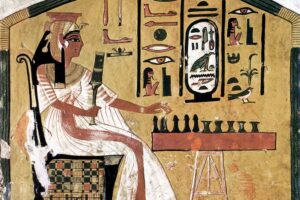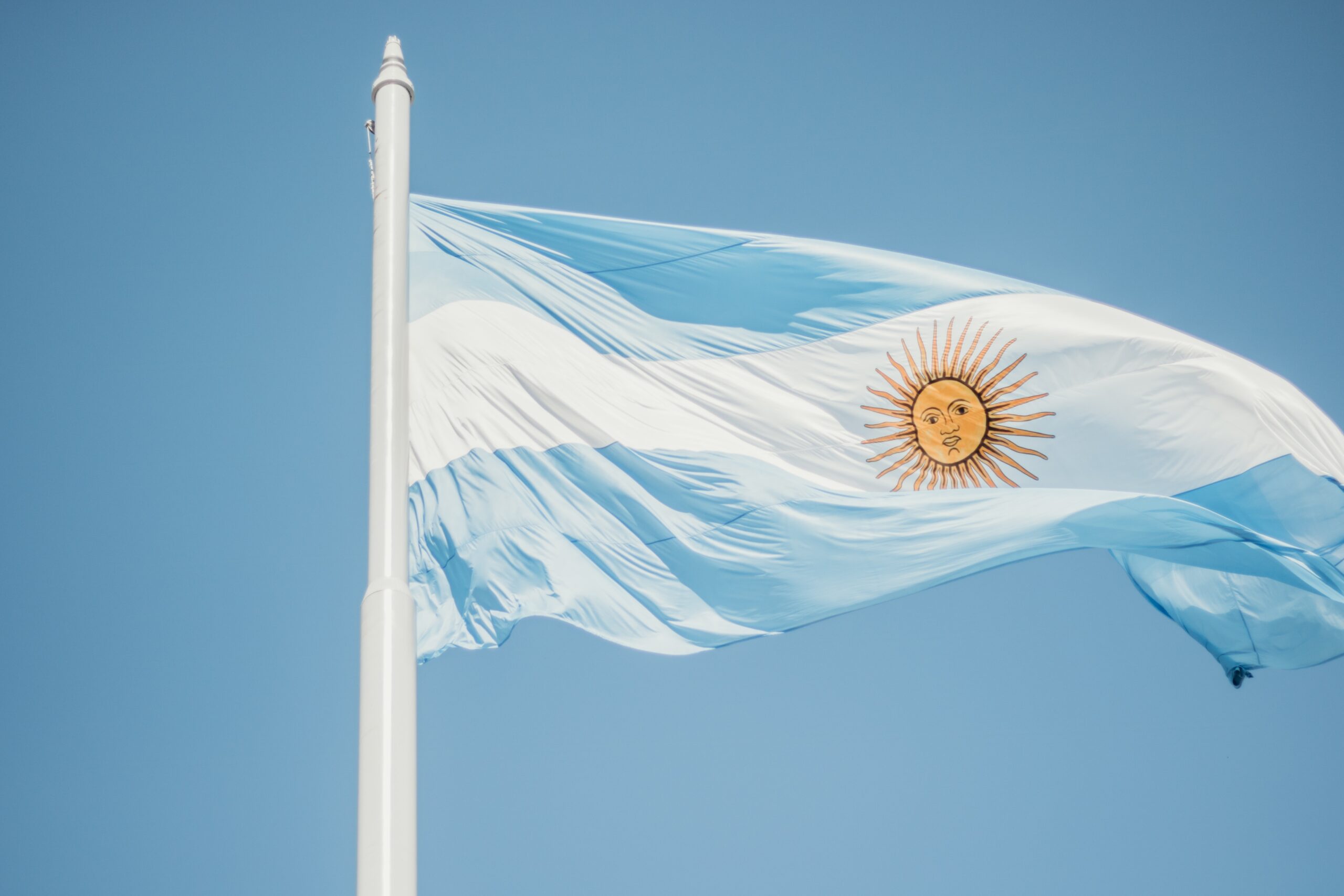Paris, France, 19/7 1789
Dear sir
I am beginning to fear that the manner in which you send letters to me is insecure.
I have heard nothing from you since the 25th of November, 1788, and you have not acknowledged the receipt of any of my letters since the 11th of August last year. Since then I have written to you many times.
The situation here is that the bread shortage is starting to ease in the south of France, where the harvest has begun.
Here (in Paris, ed.) the shortage is still a great threat, as harvesting cannot begin until two or three weeks from now. It’s been weeks since we’ve had more than a few days worth of grain. ∗
∗
The harvest failed in 1789. Droughts and hail destroyed the corn harvest. The result was shortages and starvation, especially among the urban poor.
Citizens’ Committee has decided to establish a village of 48,000 citizens.
On July 14, the committee sent one of its members (monsieur de Corny whom we know here in the United States ∗ ) to the Hotel des Invalides ∗∗ to ask for arms for the citizens’ defense forces.
A large crowd followed him. The officer at the Hotel des Invalides came out to explain that he could not hand over any arms, except by direct order from the person who had entrusted them to him.
∗
Ethis de Corny fought for General Washington when the United States seceded from England. In France he supported the revolution.
∗∗
The church of Les Invalides was after 1780 used as a storage for military equipment such as cannons and forward charges.
De Corny ordered the garrison at Les Invalides to retire. After that, his men took possession of their weapons.
The guards at Les Invalides offered no resistance, and the 5,000 foreign soldiers ∗ who were about 350 meters away did not move. I found it quite remarkable.
∗
Foreign soldiers were a common sight in Paris. Men from Europe, Africa and America performed military service for Louis XVI.
Monsieur de Corny and five others proceeded to the Bastille to demand arms from the hands of Monsieur de Launay, the commander of the Bastille ∗ .
A crowd had already gathered in front of the fort, so Monsieur de Corny raised a flag to signal his coming in peace. On the fortress wall, the same flag was raised in front of the defensive wall.
Corny got the crowd to step aside. Then he himself went to the Bastille, together with his delegation, to present his demands to the commander.
Just then, a shot was heard from the Bastille. The shots killed four of those closest to de Corny and his men. The delegation hastily withdrew.
∗
The Bastille was a fortress that in 1789 was used as a state prison. The castle was also used to store large quantities of gunpowder.
Shortly after, people stormed the Bastille.
The building was defended by 100 soldiers and was extremely solidly built. In the course of time, she had survived many sieges.
But nevertheless, the people got hold of her.
How that could happen I still haven’t been able to figure out. Those who claim to have participated tell about the event in such different ways that none of these accounts can be considered credible.
Thomas Jefferson
– Life span: 1743-1826.
– Nationality: American.
– Occupation: Ambassador, plantation owner, politician and President of the United States from 1801 to 1809.
– Marriage: Had 11 children with Martha, his wife. After her death, he fathered six children with his maid, Sally Hemings.
– Known for: Jefferson was the main man behind the Declaration of Independence signed in 1776. He became the first US Secretary of State and its third President.
But this much is certain that the invaders took all their weapons and let the prisoners out. Next, the boss was dragged out along with his second-in-command. They were taken to the Place de Greve – where public executions take place.
They were beheaded and their heads carried in a triumphal procession through the streets of Paris to the Palais Royal.
At the court in Versailles, fear grew because soon rumors spread that important people in Paris had been beaten and robbed.
It was also said that 150,000 armed men were on their way to Versailles to assassinate the royal family and the entire court.
The nobles and priests now swore an oath that they stood with the common people. All the ministers resigned and the king appointed Bailly ∗ to the position of mayor.
At the same time, his majesty asked that the representatives of the classes—citizens, clergy, nobility, and peasants—come to accompany him to Paris the next day, so that he might show his goodwill to the people.
∗
Jean-Sylvain Bailly was an astronomer, mathematician and revolutionary. The king was forced to make him mayor on July 15.
I will omit mentioning the less important aspects of the king’s journey. Suffice it to say that the king’s chariot was in the middle, and on either side were representatives of the classes.
First rode the Commander-in-Chief, Marcomte de Lafayette. Citizens followed him as bodyguards both in front and behind.
Around 60,000 citizens stood along the route.
Some carried front charges from the Bastille and Les Invalides. Others were armed with everything they could find, pistols, swords, spears, sickles and scythes.
From the crowd and from the windows of houses rang out the call “vive la nation” (live the nation, ed.). But vive le roi (long live the king, ed.) was never heard.
“They were beheaded and their heads carried in a triumphal procession through the streets of Paris.”
Thomas Jefferson
When the king arrived at the Hotel de Ville (city hall, ed.), the mayor pinned the well-known cockade ∗ on the king’s hat.
Bailly also tried to talk to the king. But his majesty had no answers ready.
Bailly did, however, catch a few fragmentary sentences from the king.
These words he put together in an answer which he delivered to the crowd and made it sound like the king’s message.
∗
Kokarde was a badge worn by revolutionaries on their caps. Red and blue color represented Paris and at the same time the nation.
When the king reappeared, the shouts had changed. “Vive le roi et la nation,” was now called.
Accompanied by citizens, the king now drove in his carriage to the royal palace in Versailles.
Thus ended a reformation march of a magnitude that no king has ever undertaken before and no nation has ever seen.
Peace now reigns in the city again. Shops are open and people are back to work.
If the bread shortage does not disturb the peace, we can allow ourselves moderate optimism and hope that this will not continue.
Your faithful and humble servant
Thomas Jefferson
Epilogue
About 100 people died and many more were injured in the attack on the Bastille.
After the storming of the Bastille, the rebellion did not stop. Over the next few months, the revolutionaries stripped the nobles of their privileges. In 1792, France was declared a republic and the following year Louis XVI was executed.
July 14 is now a French national holiday.







